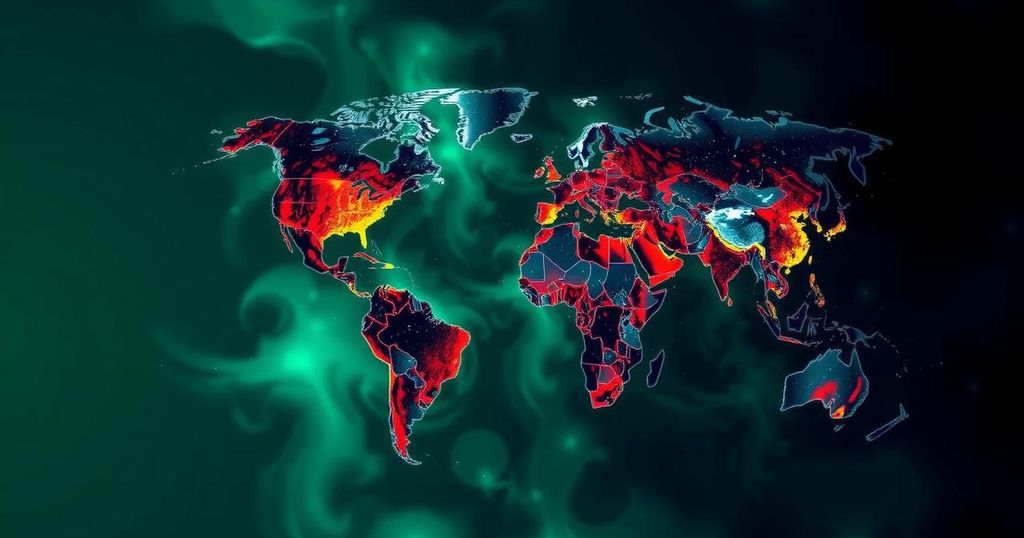Current estimates of methane emissions indicate significant underreporting, with the GHGSat identifying approximately 20,000 super-emission sites globally. This increase, particularly from the oil and gas industry, underscores the need for enhanced monitoring and commitments to reduce emissions amidst rising methane levels contributing to climate change.
The global scale of methane emissions, a powerful greenhouse gas, remains significantly underreported, with current assessments suggesting that what is known represents merely a fraction of reality. Stephane Germain, the CEO of GHGSat, a company utilizing satellite technology to monitor methane emissions, has stated that the situation is deteriorating, rather than improving. In the past year, GHGSat identified roughly 20,000 sites worldwide that are sources of excessive methane emissions, a marked increase from approximately 15,000 in the previous year. This alarming trend is occurring despite international pledges made at the COP28 climate talks aimed at mitigating methane emissions. Methane, predominantly released from the oil and gas industry, as well as from waste management and mining activities, is contributing significantly to climate change. Germain pointed out that the largest emissions are being recorded in North America and Eurasia, notably from landfills in Canada. A study has recently indicated that the emissions from American oil and natural gas operations are three times higher than government estimates. Various organizations, including GHGSat, are working tirelessly to provide clearer insights into methane emissions through satellite analysis, yet the need for energy, particularly fossil fuels, continues to pose a challenge to global emission reduction efforts.
Methane is a potent greenhouse gas that significantly exacerbates climate change, with its heat-trapping capabilities far exceeding those of carbon dioxide. Emissions primarily stem from oil and gas operations, landfills, and mining activities. The complexity of accurately quantifying these emissions has prompted the use of satellite technologies for monitoring and analysis. A number of organizations have emerged, both for-profit and non-profit, dedicated to tracking methane emissions globally, reflecting increasing recognition of this urgent issue in climate discussions. Observations from these organizations underline the need for substantial improvements in both detection and reporting of methane emissions to facilitate global efforts in mitigating climate change effects.
In summary, the detection of methane emissions worldwide is revealing an increasingly severe problem, particularly with the rise of super-emitting sites across various industries. The findings from GHGSat highlight the urgency for global commitments to curb methane emissions and emphasize the necessity for accurate monitoring to achieve meaningful change in climatic policies. Without concerted efforts and adherence to reduction pledges, the implications of methane emissions could severely hinder international climate goals.
Original Source: apnews.com






